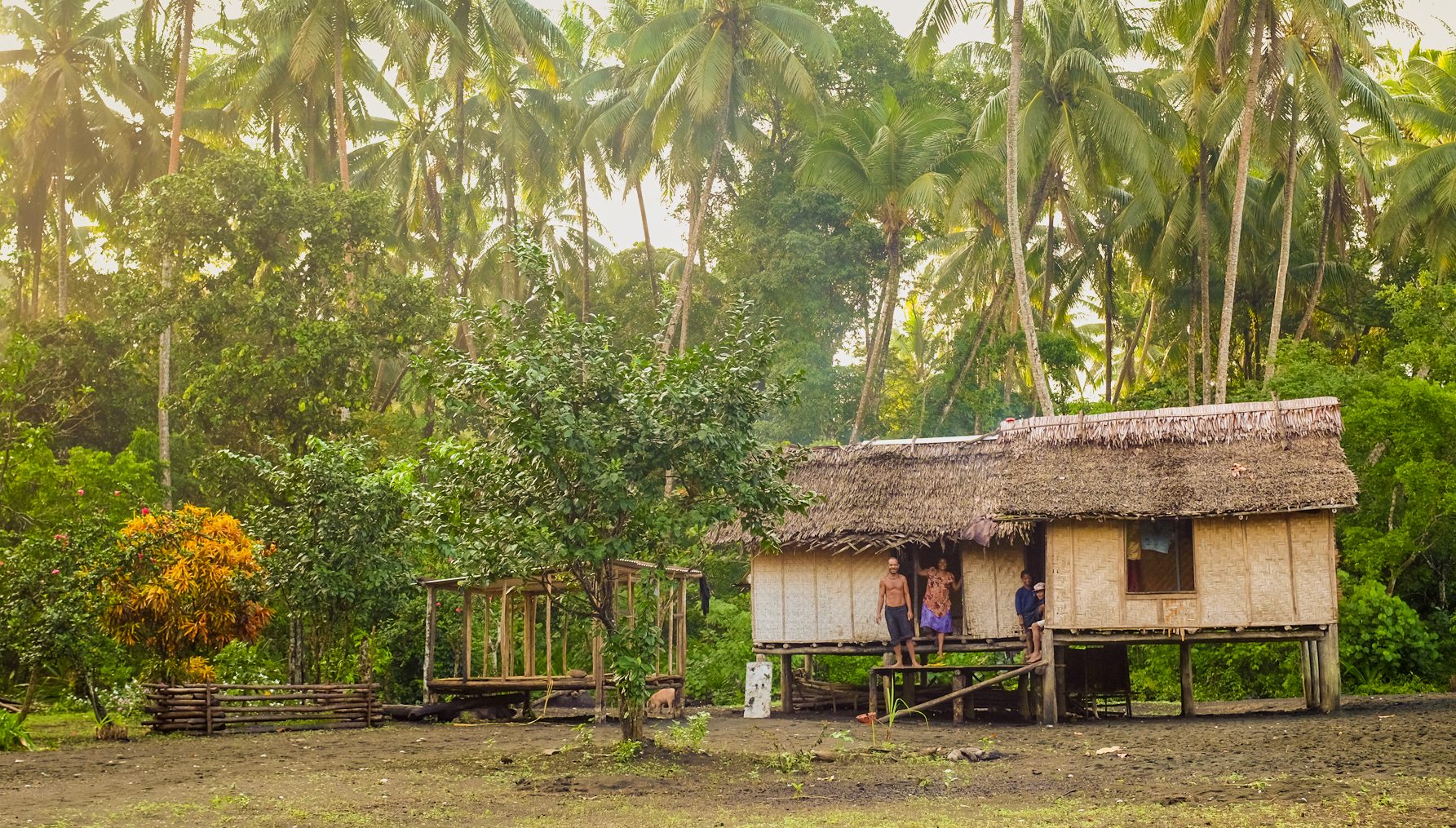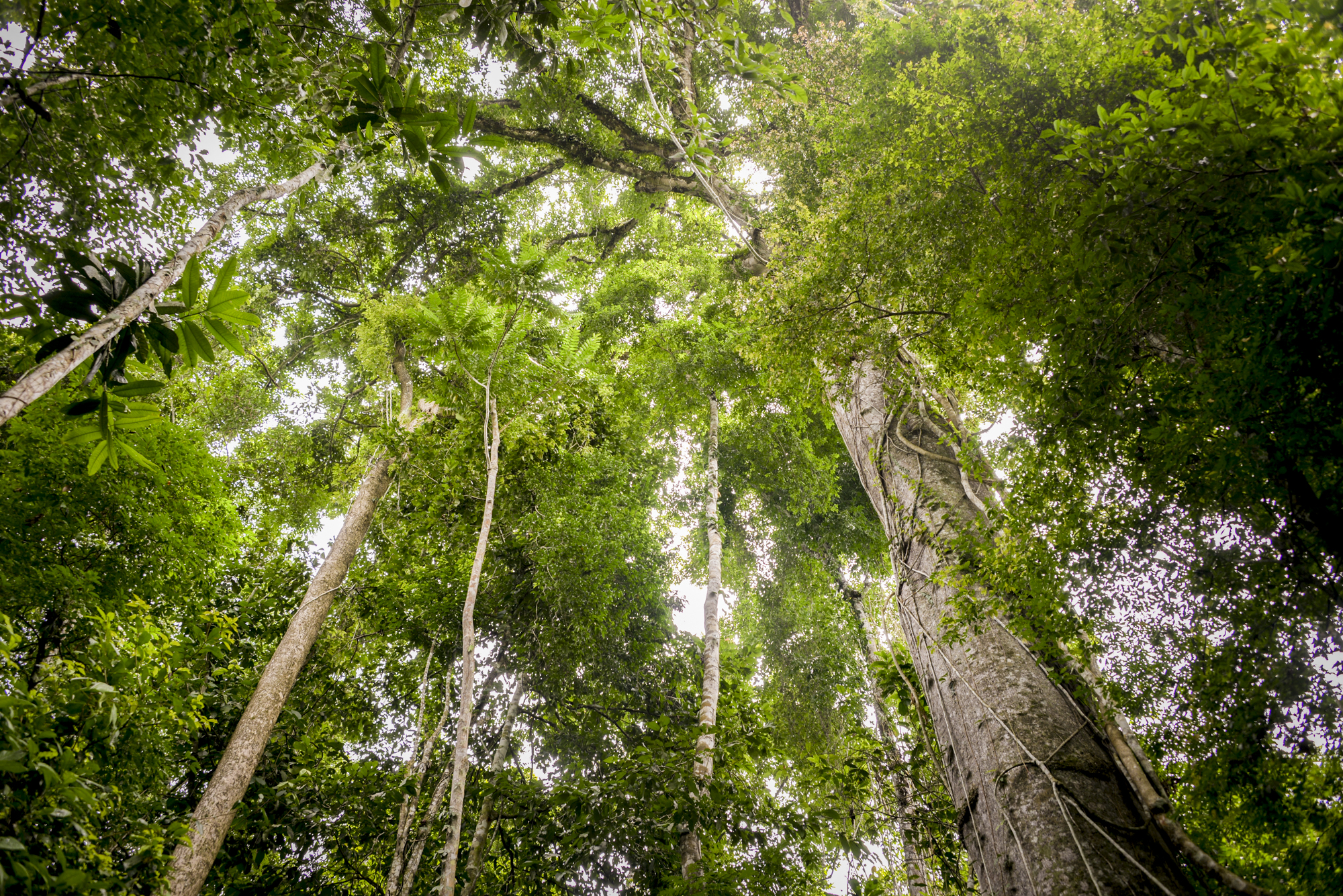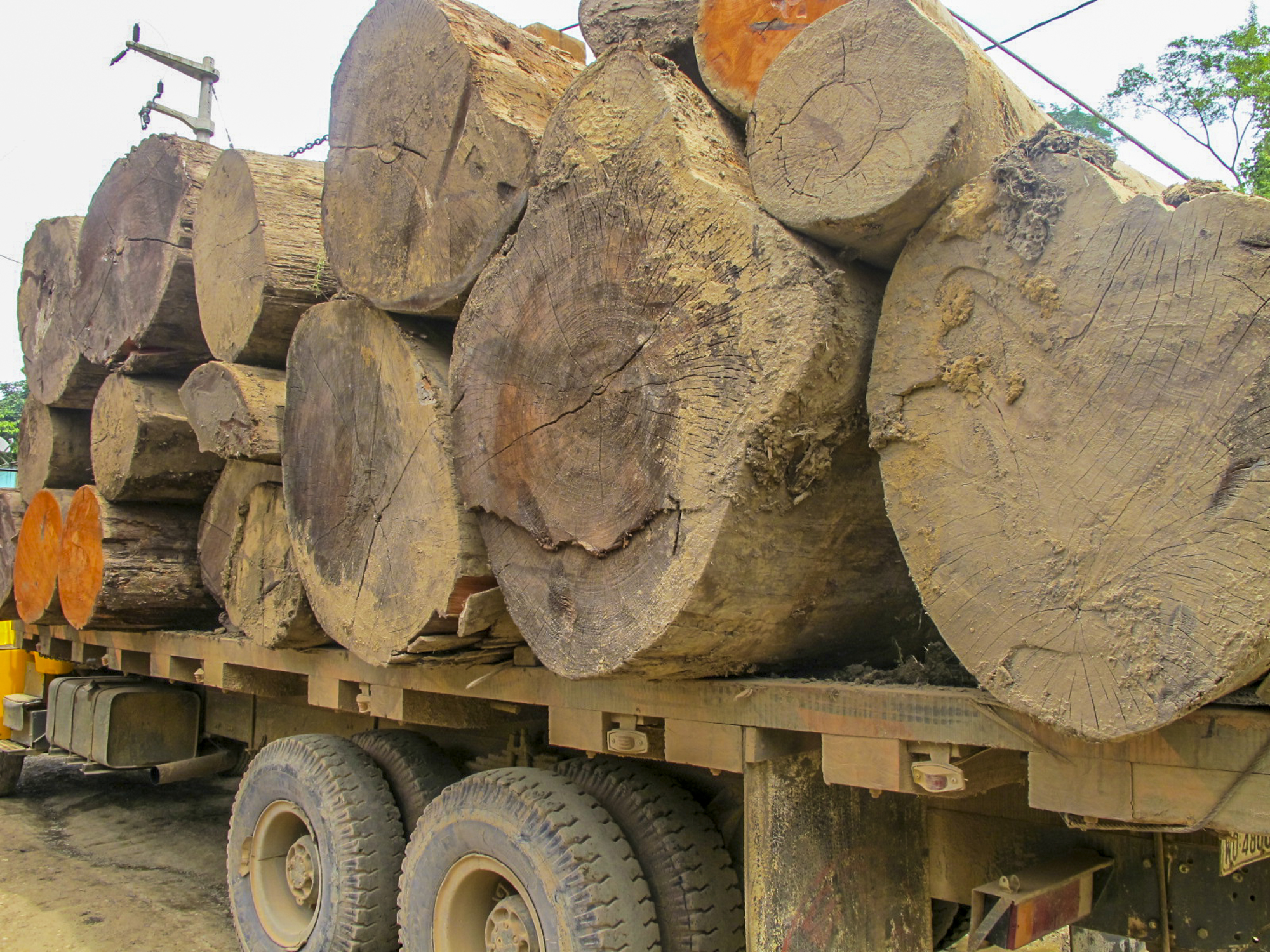
Why Trees are Key to Fighting Climate Change
Trees are pretty special things. They provide oxygen, conserve water, improve air quality, preserve soil, support wildlife, and are some of the oldest and largest living beings on earth. Not only that, they are crucial foot soldiers in the fight against climate change.


The last time there was this much CO2 in the Earth’s atmosphere, Megatoothed sharks prowled the oceans, the global average surface temperature was 11°F warmer than it is now, and humans didn’t exist [1]Andrew Freeman, Climate Central (Date Unknown) As we approach the record highest CO2 concentration in human history, 400 parts per million, there’s increasing worry about the future of our planet, and our species.
Trees absorb CO2, removing and storing the carbon in their roots, branches and leaves while releasing the oxygen back into the air. In just one year, an acre of mature trees absorbs the amount of CO2 produced when you drive your car 26,000 miles. And the soil beneath the trees holds more than twice as much carbon as the trees themselves [2]Carbon and the greenhouse effect (Forests and climate change.org, date unknown) .
With climate change already making lives much harder for millions of the world’s population, you’d think we would be protecting this resource. Sadly, the reality is that there are still massive pressures on the world’s trees. Here are a few of the worst culprits:
Agriculture
The single largest direct cause of tropical deforestation is conversion to farmland for crops of livestock [3]Causes of Deforestation: Direct Causes (NASA earth observatory, 2007) A stark example is in Papua New Guinea, where vast swathes of rainforest are being cleared for Palm Oil production.
Logging
In the past 40 years, a fifth of the Amazon rainforest has been cut down. In Peru, much of this logging is now small scale, often carried out by illegal gangs. This makes it much harder to police.


Mining
Global demand for metals and rare minerals is rising and rainforests are paying the price. Not only are huge areas cleared for mines, the chemicals used to separate the waste from the minerals make their way into rivers, polluting water supplies that local people depend on. Mining is one of the biggest threats to the forest in the Democratic Republic of Congo.
Oil
In 2006, 70 percent of the Peru’s flourishing Amazonian rainforest was zoned for oil and gas, up from just 13 percent in 2004 [4]Peru’s Rainforest: Oil And Gas Run Through It (Pulitzer Center, 2007) Oil pipelines are notorious for rupturing, leaking gallons of oil into the surrounding forest, contaminating the water supplies of local villages and killing wildlife.
…But it’s not all doom and gloom
Luckily, there’s good news. Clearing for agriculture, logging, mining and oil pipes are all human activities. The densest part of rainforests is still inaccessible, so this destruction takes places on the edges of forests. These are also the areas with high populations of indigenous communities. People who have been living sustainably in the forest for generations and rely on its survival for their survival. They have more to lose than any of us if their forest is destroyed.
By lending a helping hand to these communities on the edge, we can offer an alternative to selling out to Palm oil companies, cash offers from illegal loggers, and pressure from mining gangs. Protecting their forest for their future, and keeping that incredible army of trees standing to fight climate change for all of us.
References[+]
| ↑1 | Andrew Freeman, Climate Central (Date Unknown) |
|---|---|
| ↑2 | Carbon and the greenhouse effect (Forests and climate change.org, date unknown) |
| ↑3 | Causes of Deforestation: Direct Causes (NASA earth observatory, 2007) |
| ↑4 | Peru’s Rainforest: Oil And Gas Run Through It (Pulitzer Center, 2007) |
